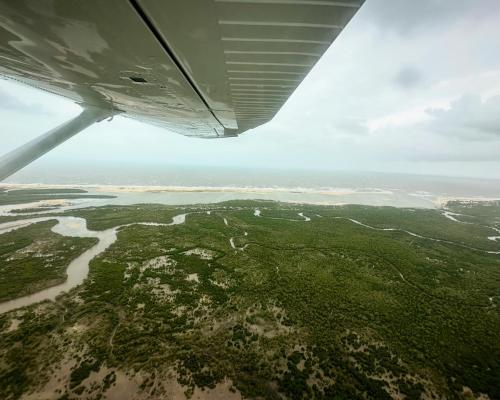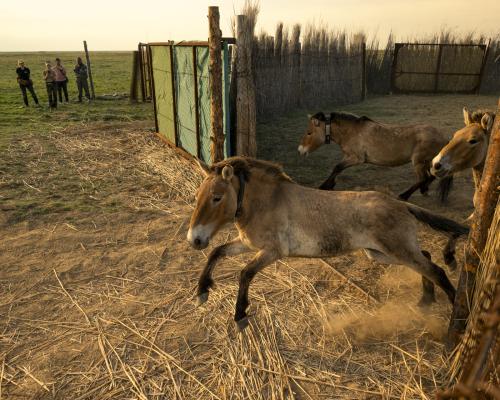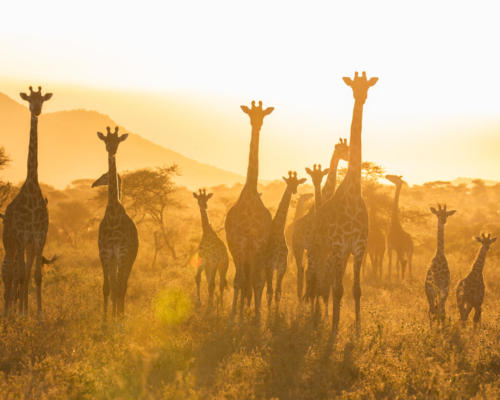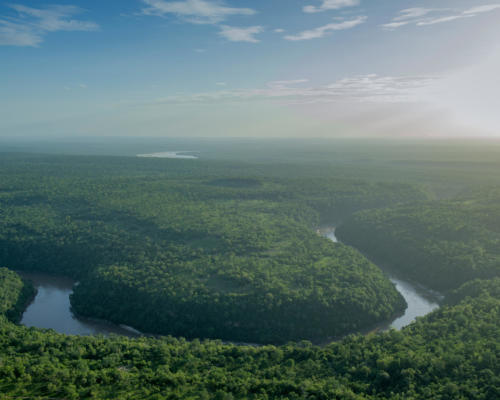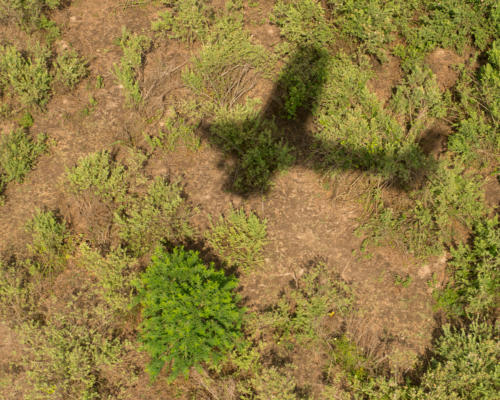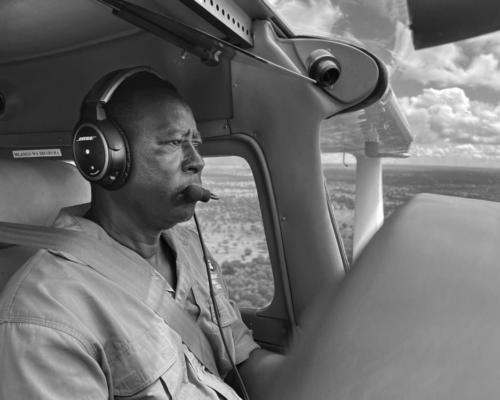Weighing up to 1,400 kg and measuring up to 3.75 meters from the head to base of the tail, black rhinos are among the world’s largest land animals. Despite their strength, they don’t stand a chance against poachers, who hunt them for their horns and nearly caused their demise in the 1990s.
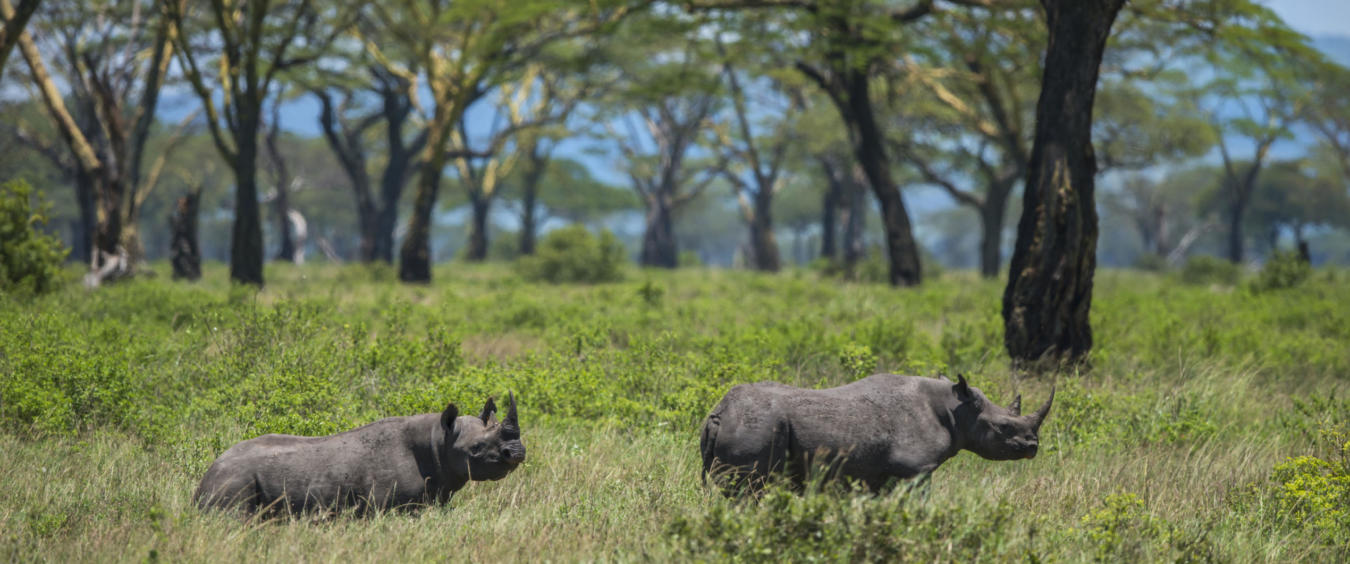
Saving the Serengeti Rhino
To ensure the survival of the species, FZS, in association with the Tanzania National Parks Authority (TANAPA) has been protecting the Serengeti National Park rhinos since 1993, by providing ranger equipment and food rations, maintaining vehicles, and supporting tagging operations to fit rhinos with transmitters so that their movements can be tracked.
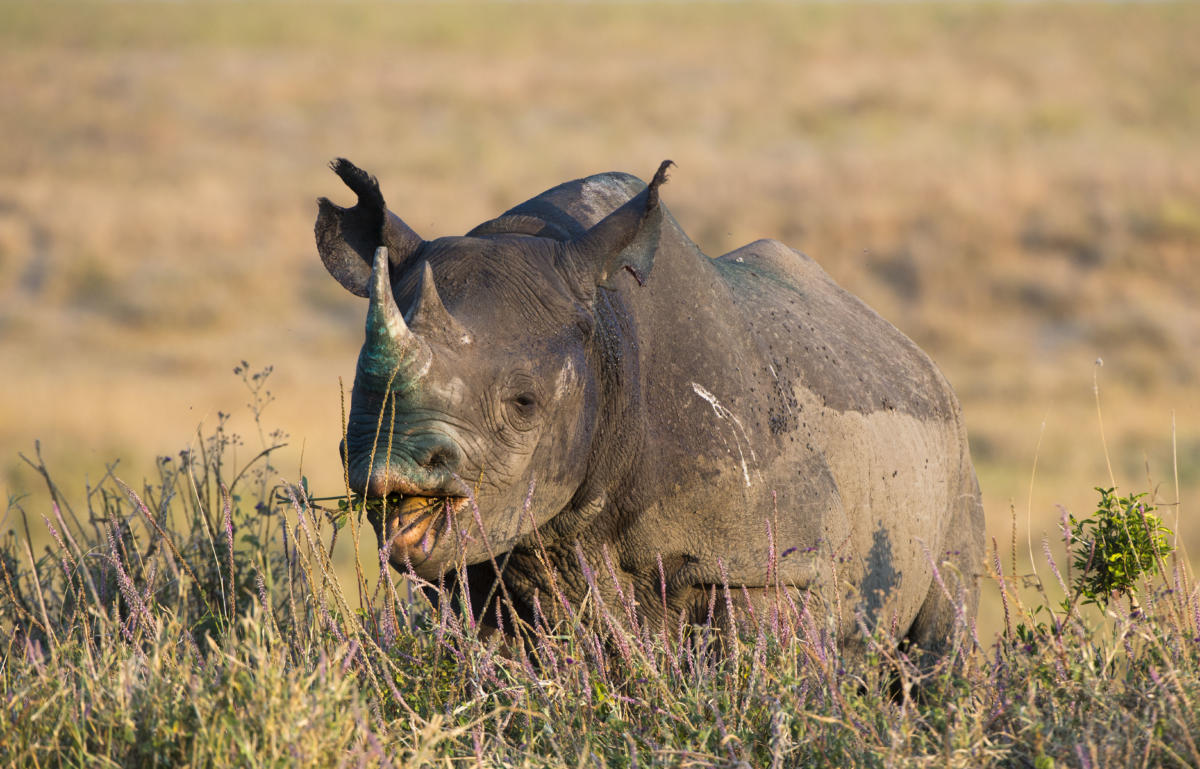
Not only that, but because the park is such a large and remote wilderness area, good communications networks are key to allow law-enforcement teams to effectively protect the park and its wildlife. So, in 2019, FZS has maintained, expanded and improved upon the park’s digital VHF radio network, and, as a result, it was operational year-round without any major problems.
Thanks to the Tanzanian Government’s dedicated conservation efforts, in collaboration with FZS, the Moru black rhino population has increased in the past twenty years. This is amazing considering the animal is slow at reproducing, requiring 15-16 months of gestation time to produce a single calf. As well, although males and females can reproduce after the age of 5, most males can’t compete for a mate until they are at least 10 years old.
Despite ongoing challenges such as poaching, FZS continues to support the monitoring and protection of the Serengeti rhinos along with local partners and communities.






